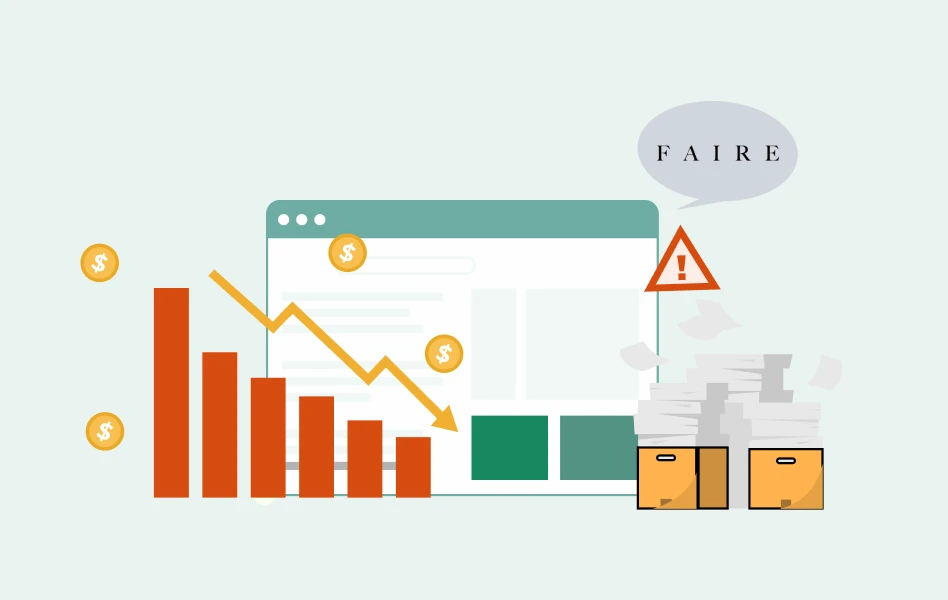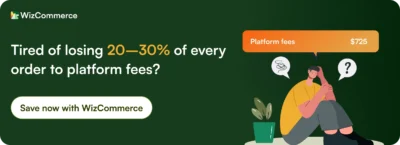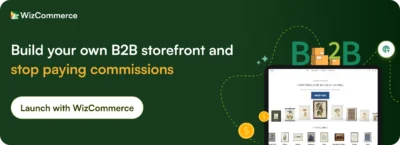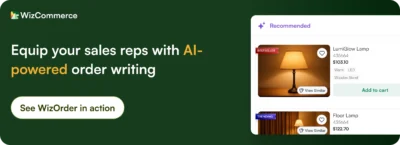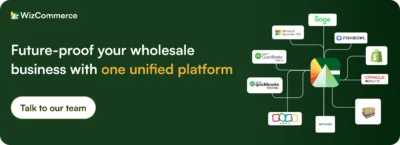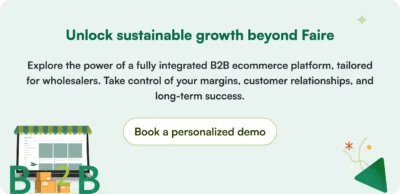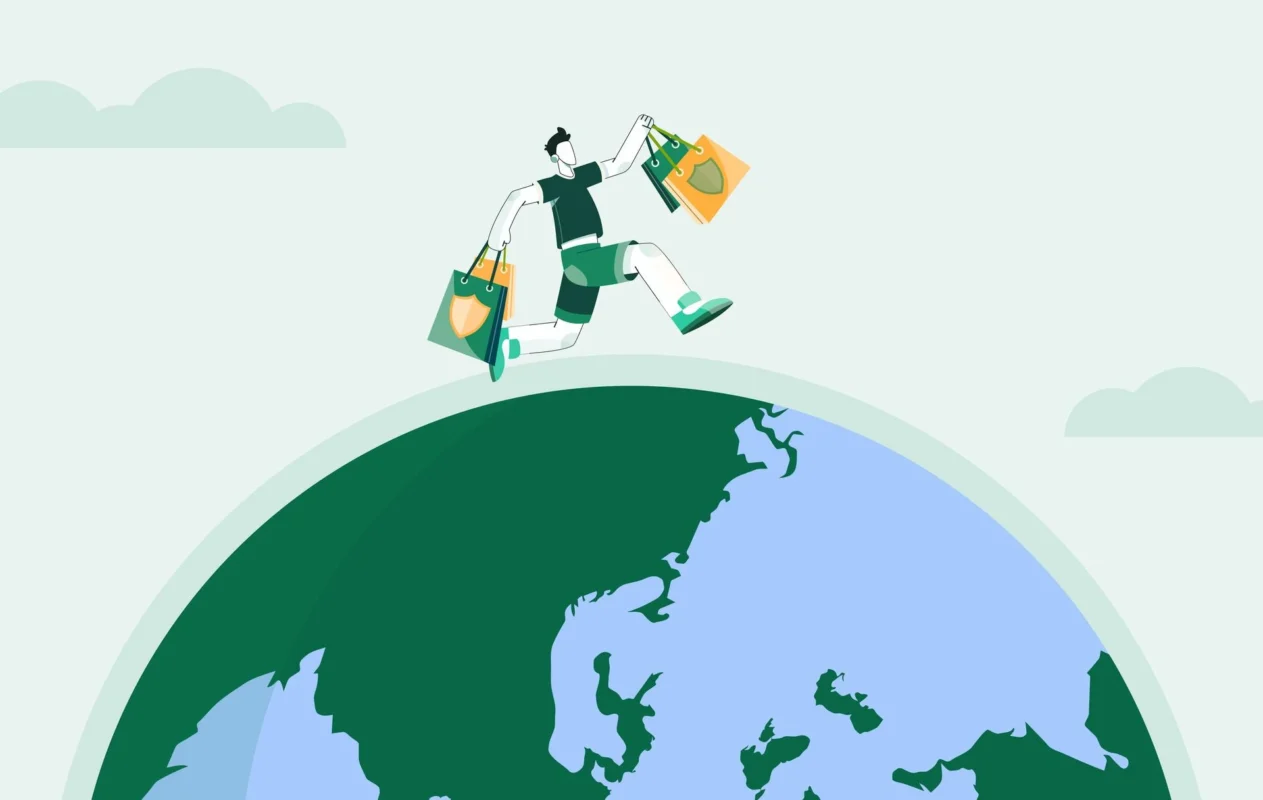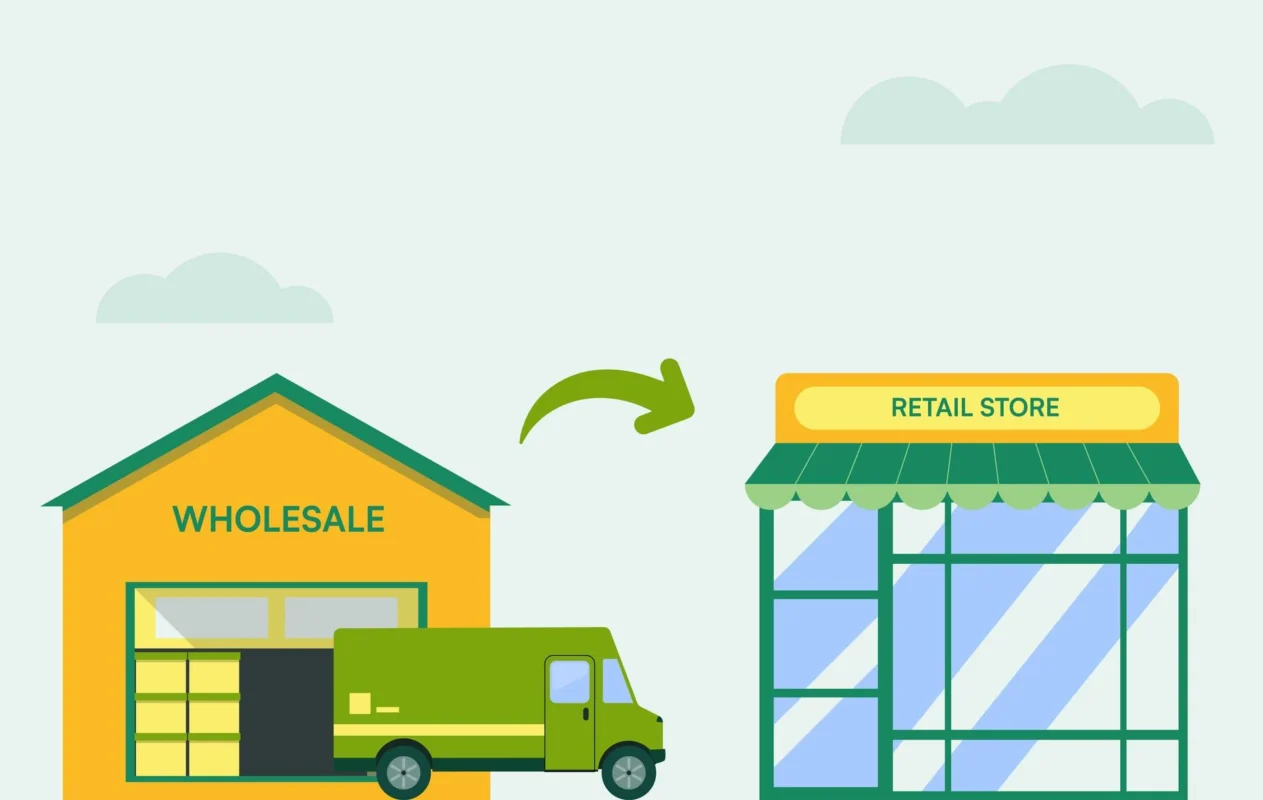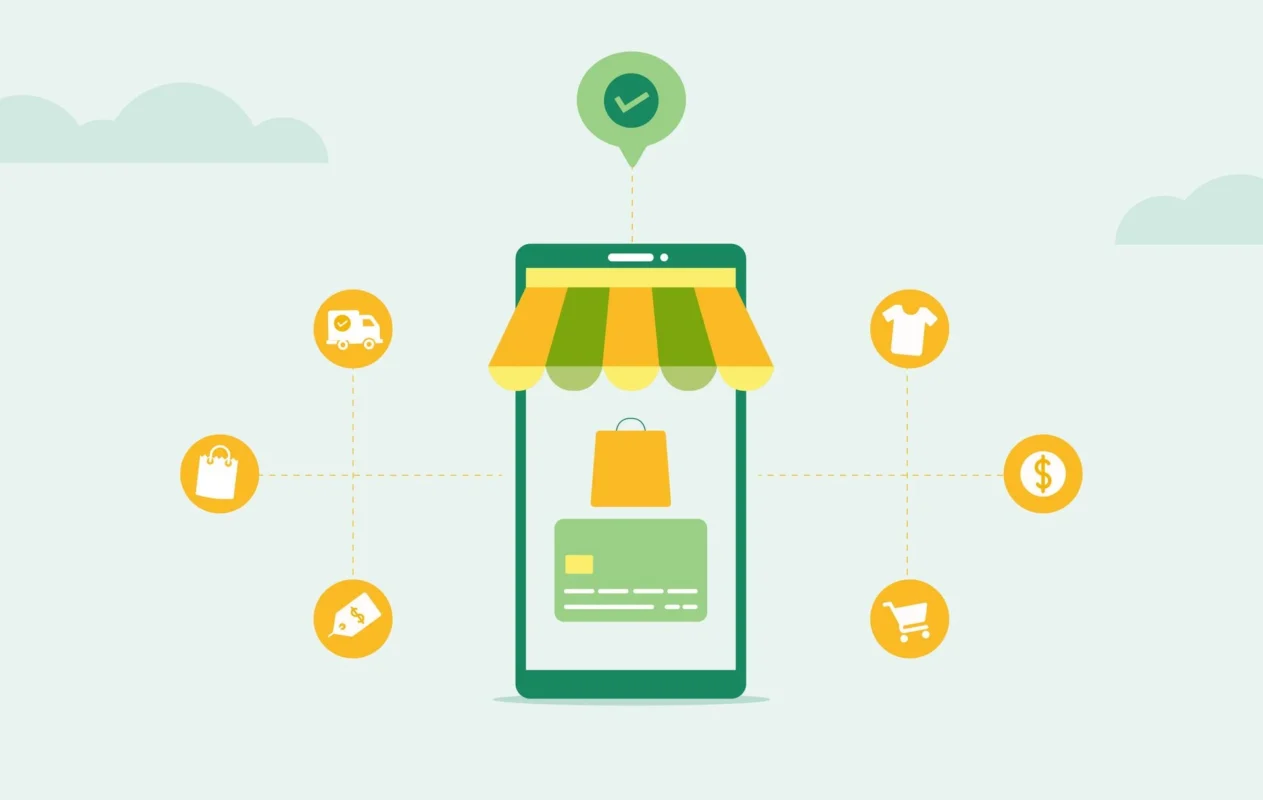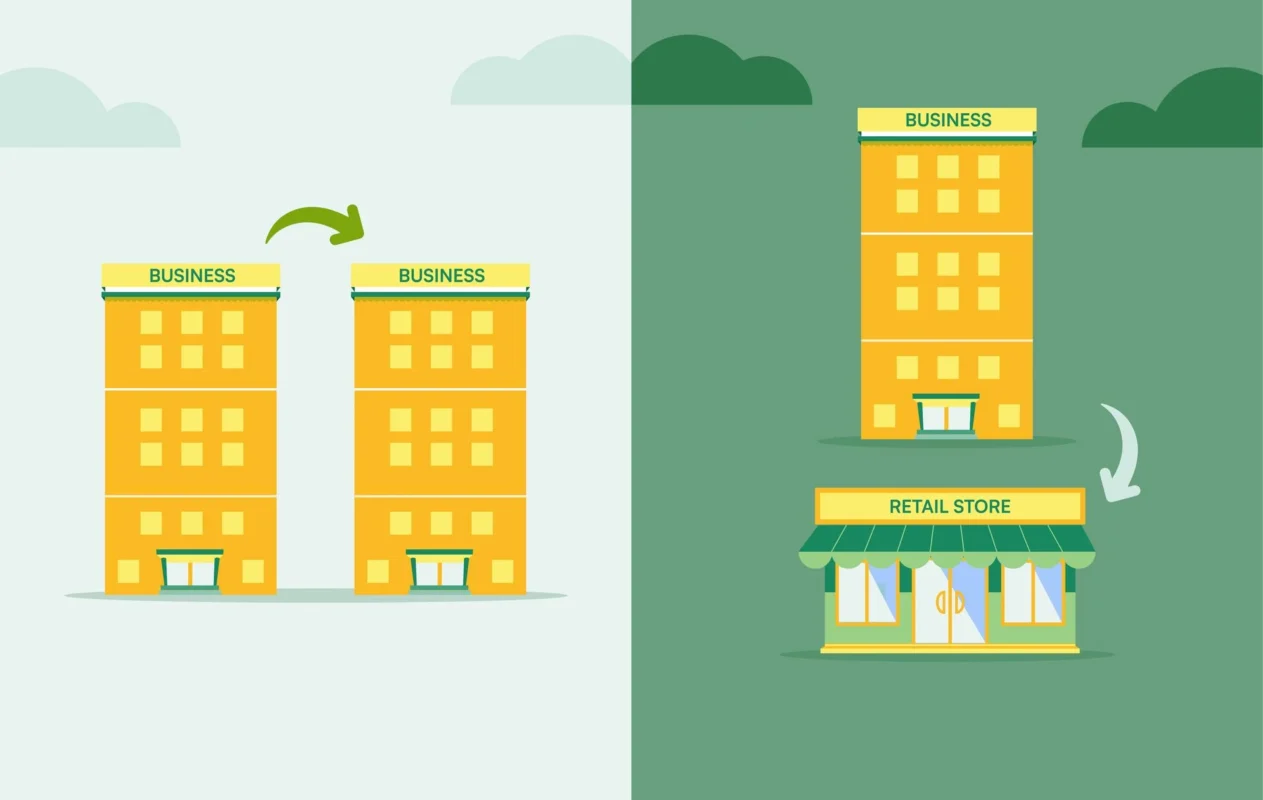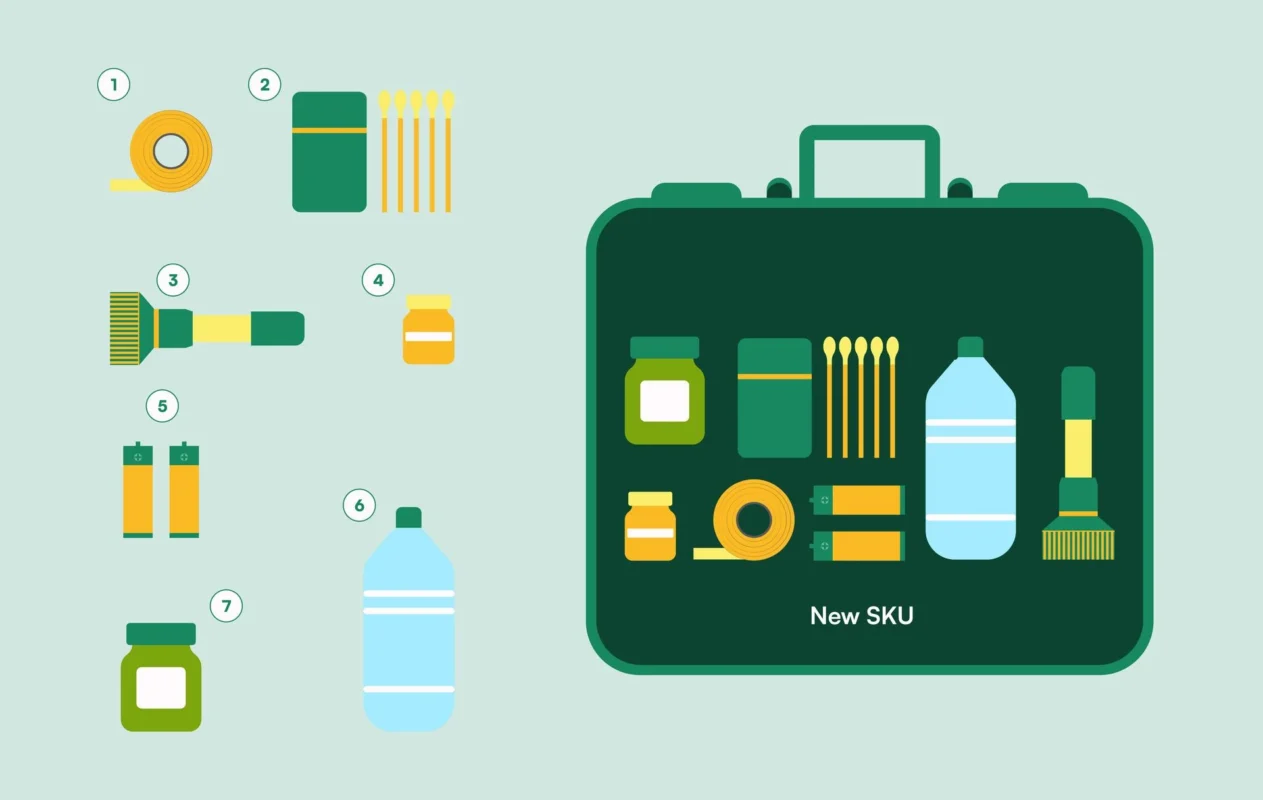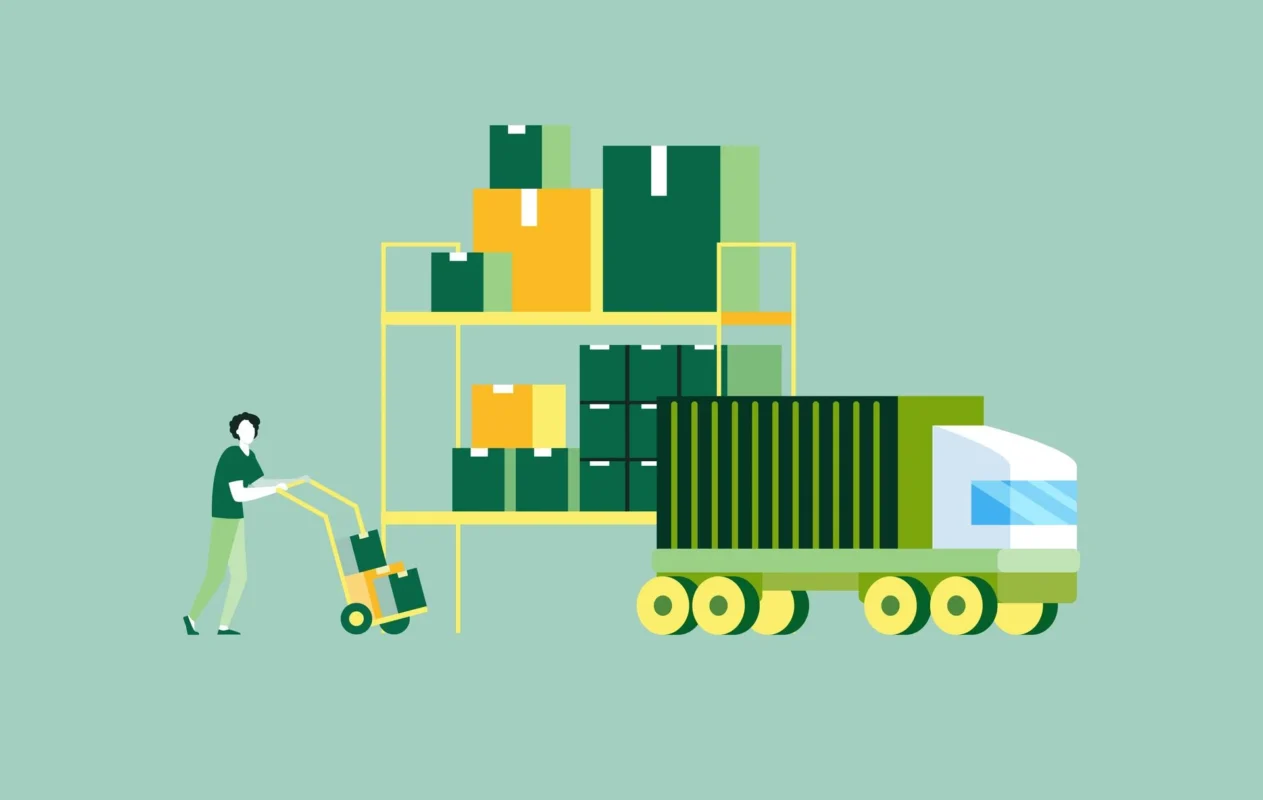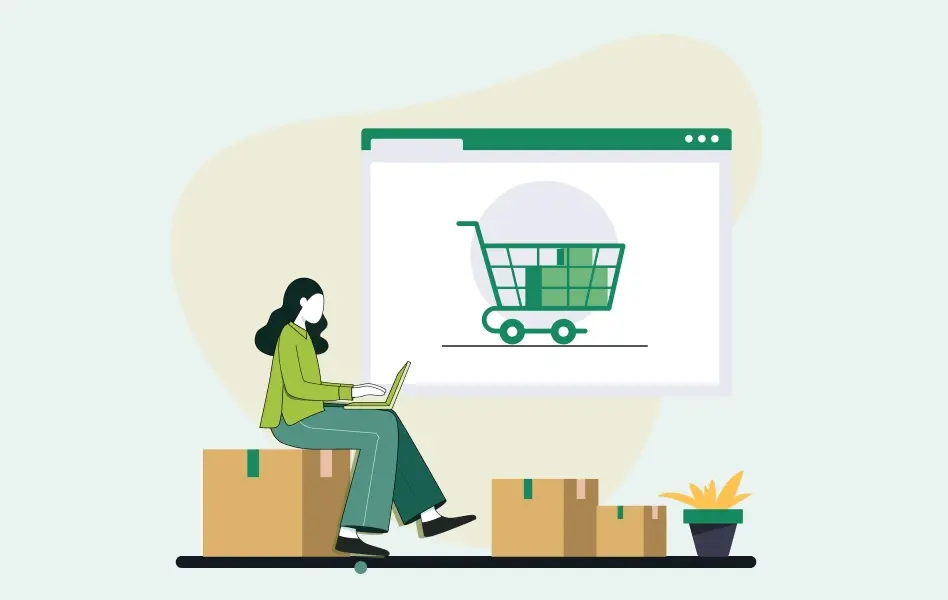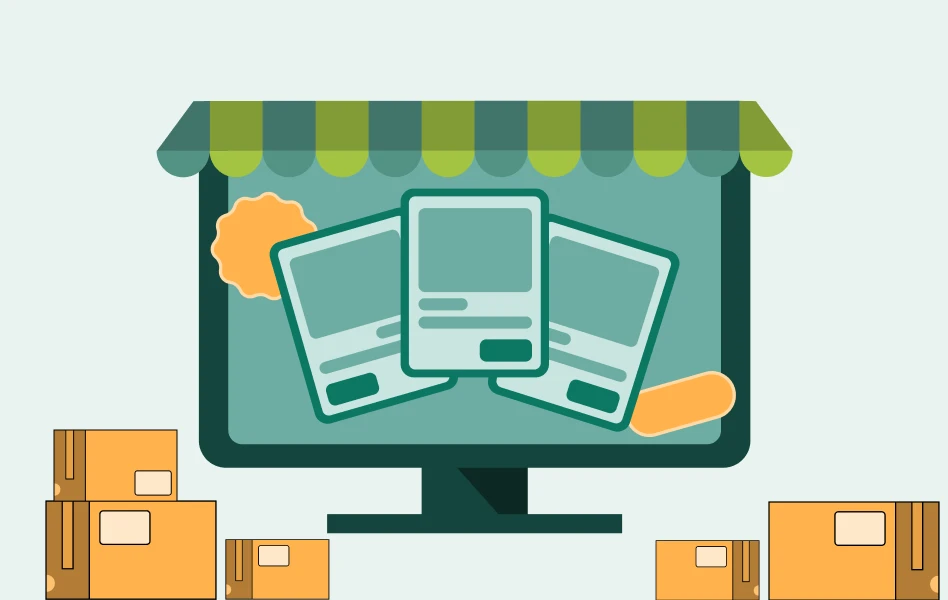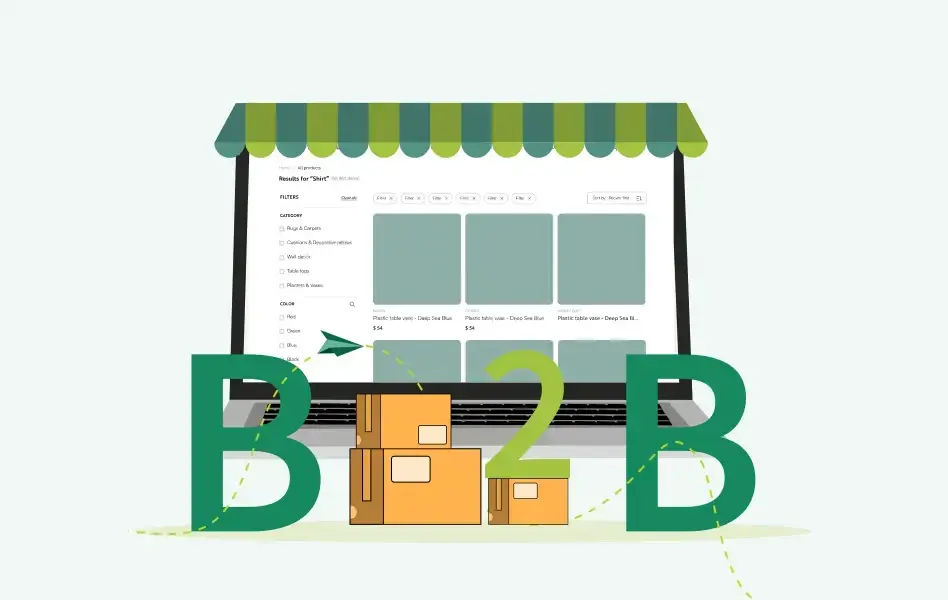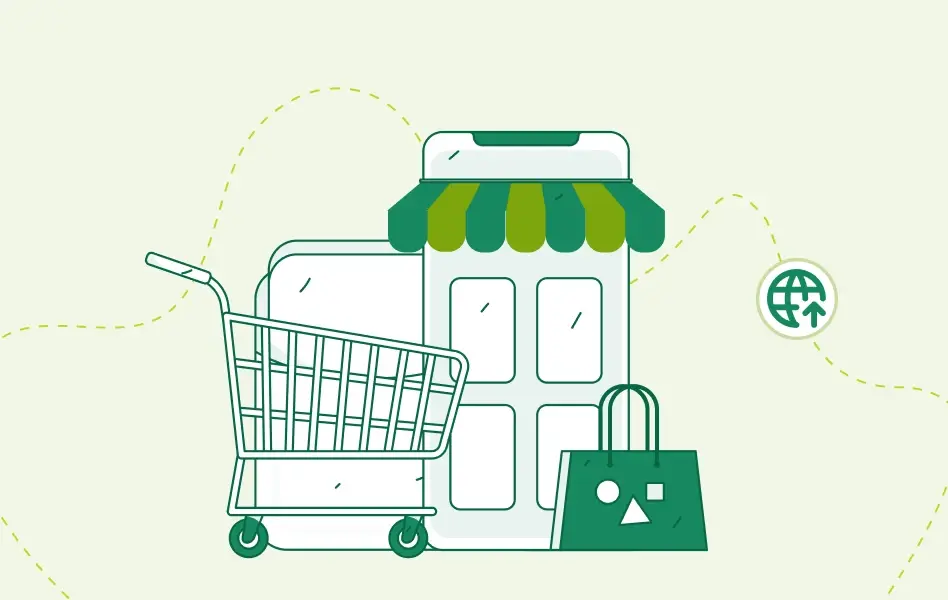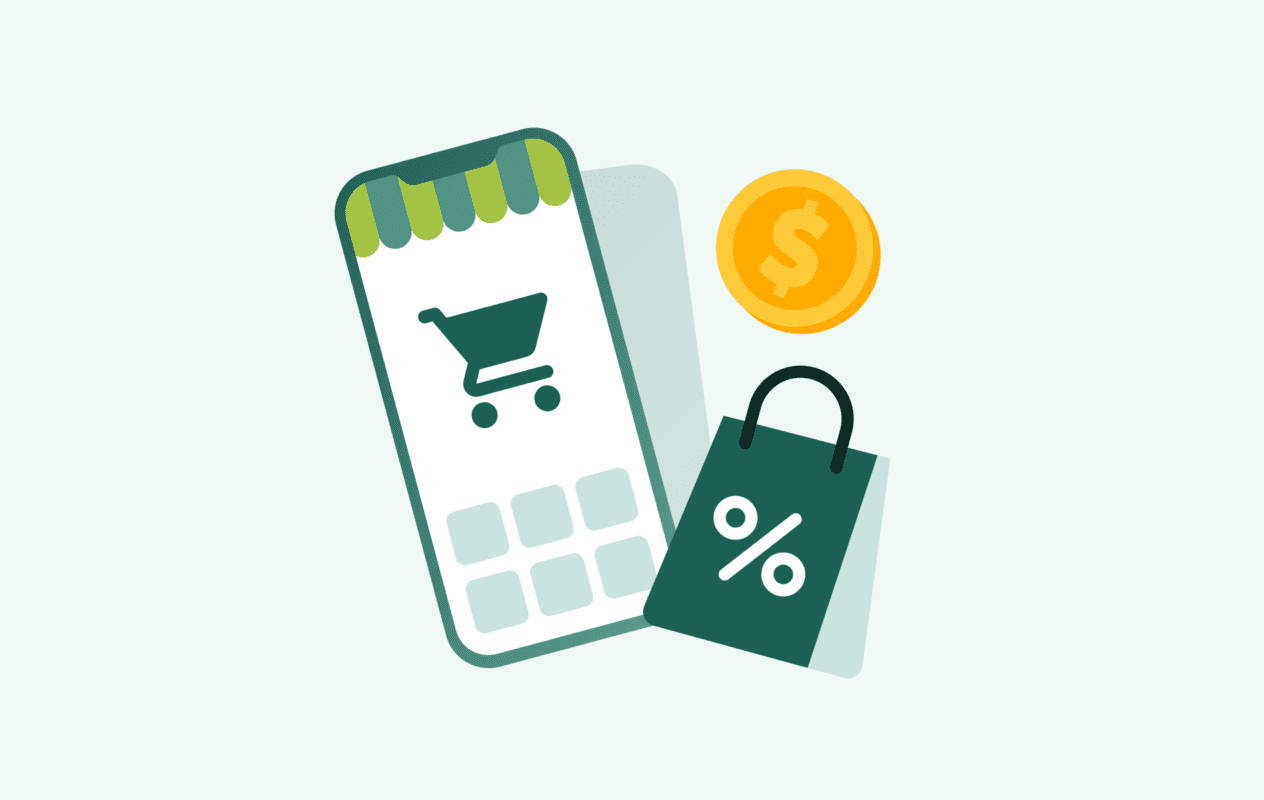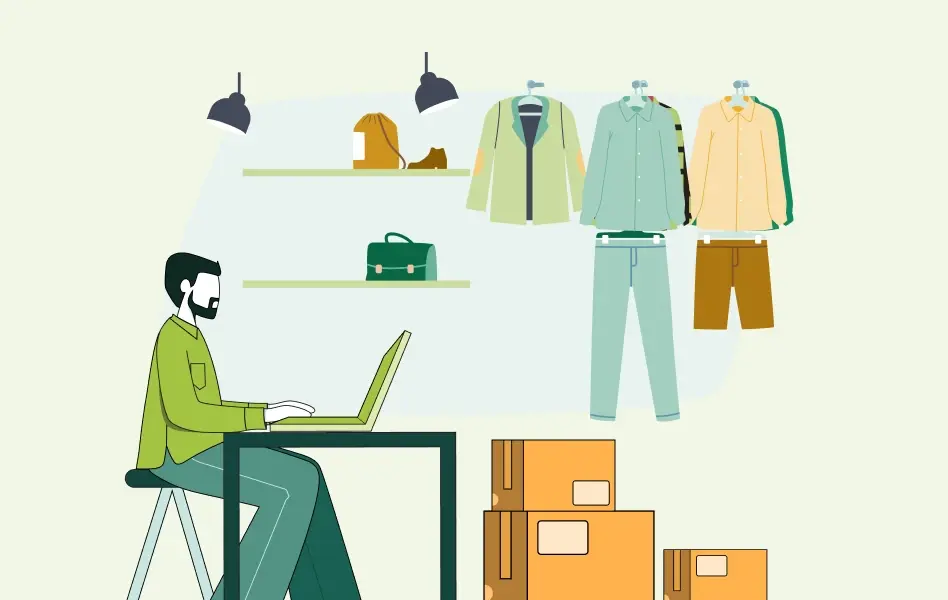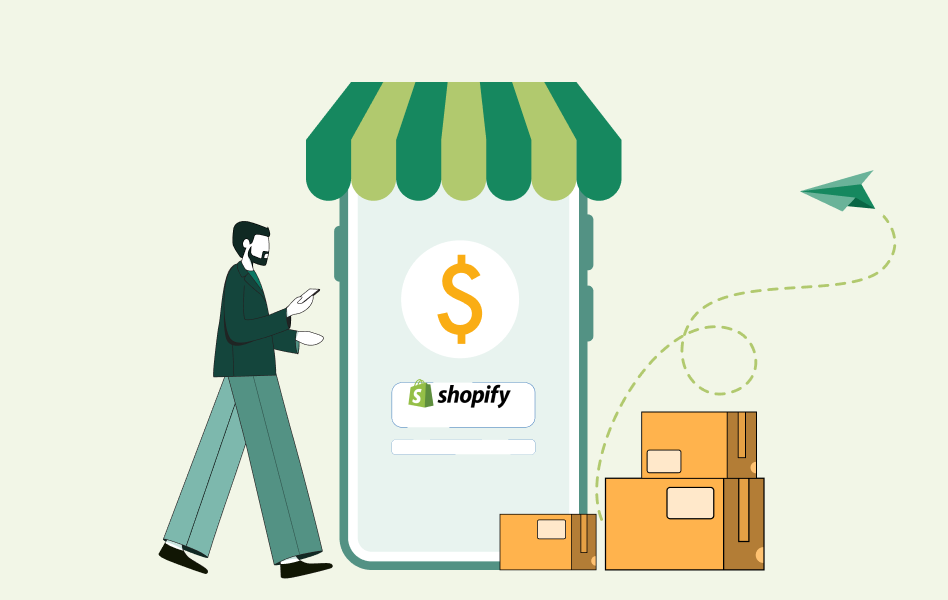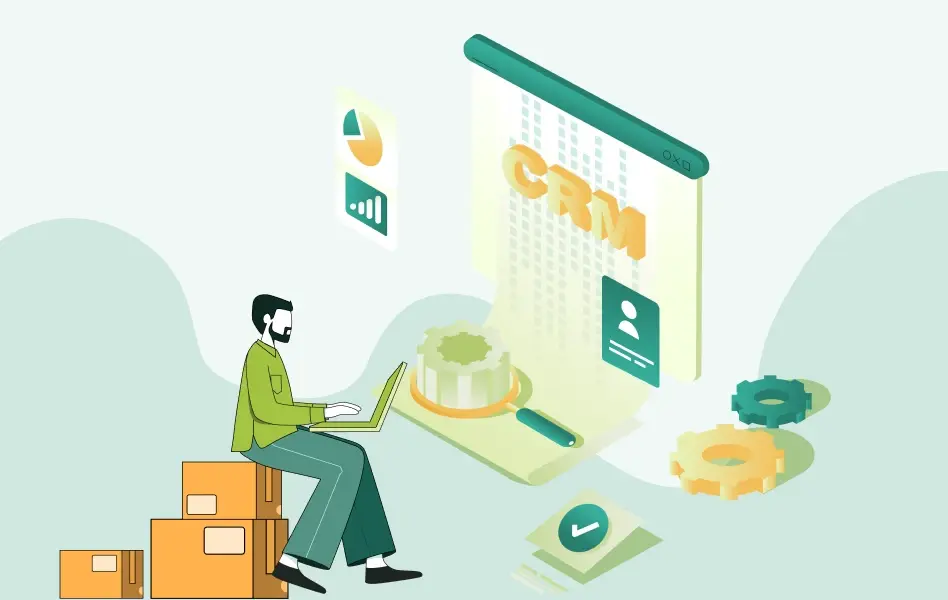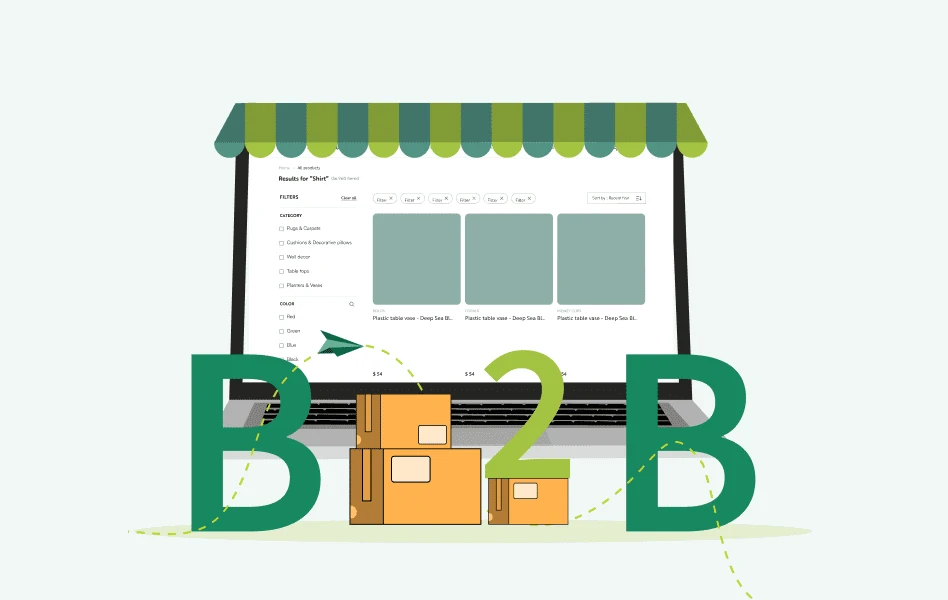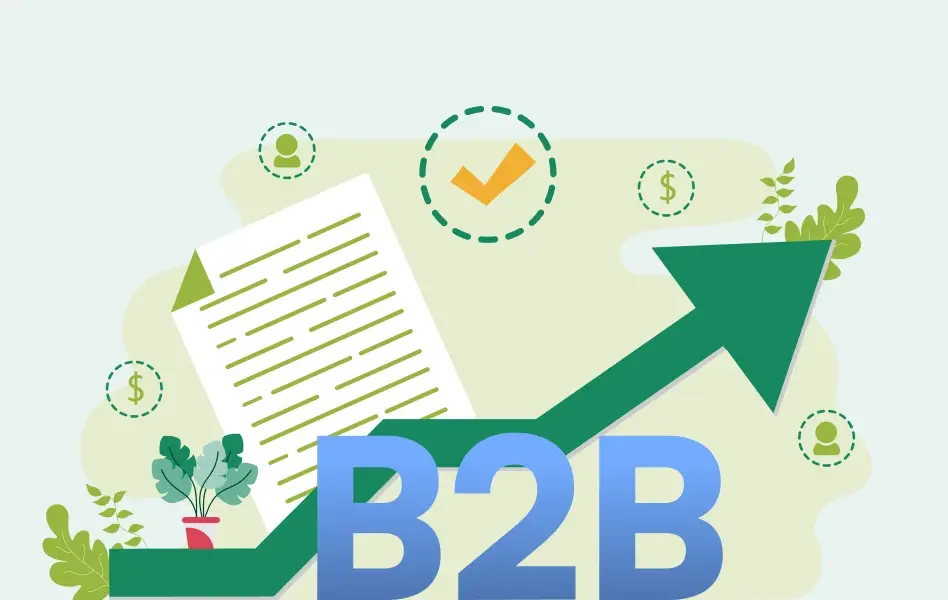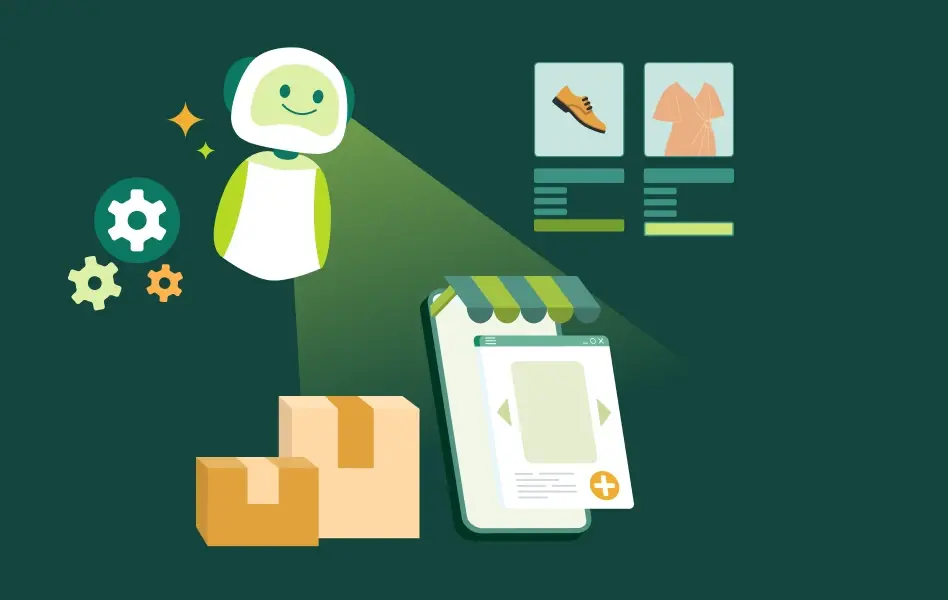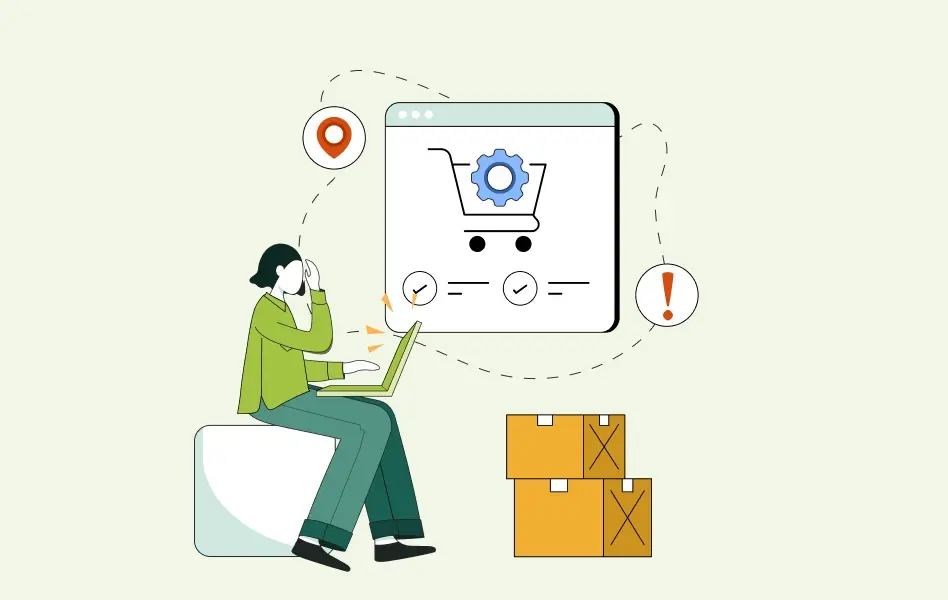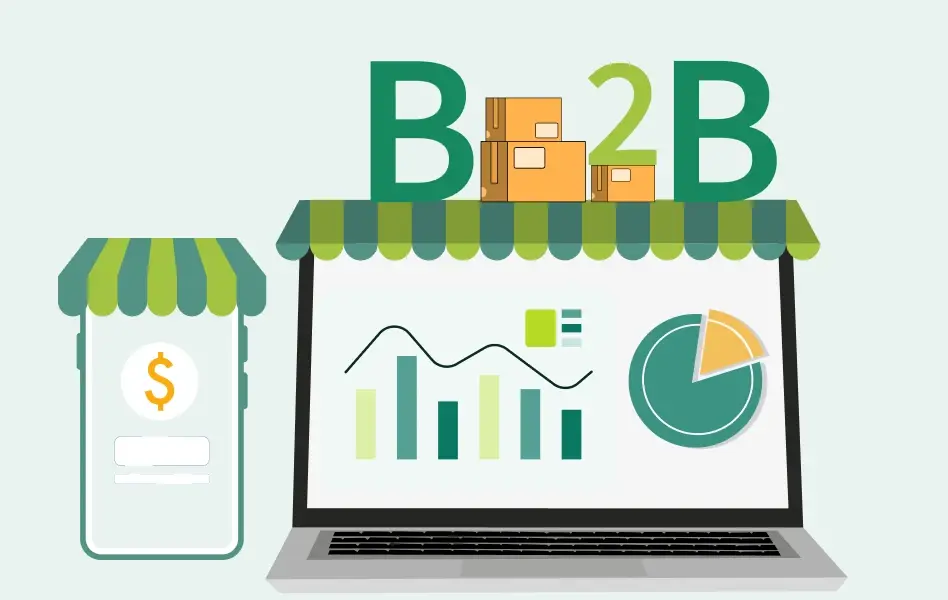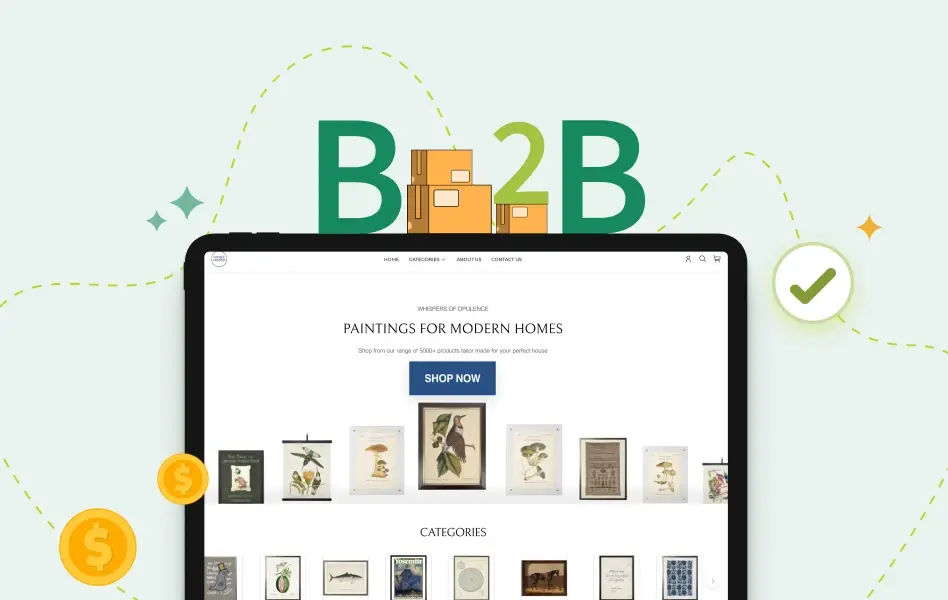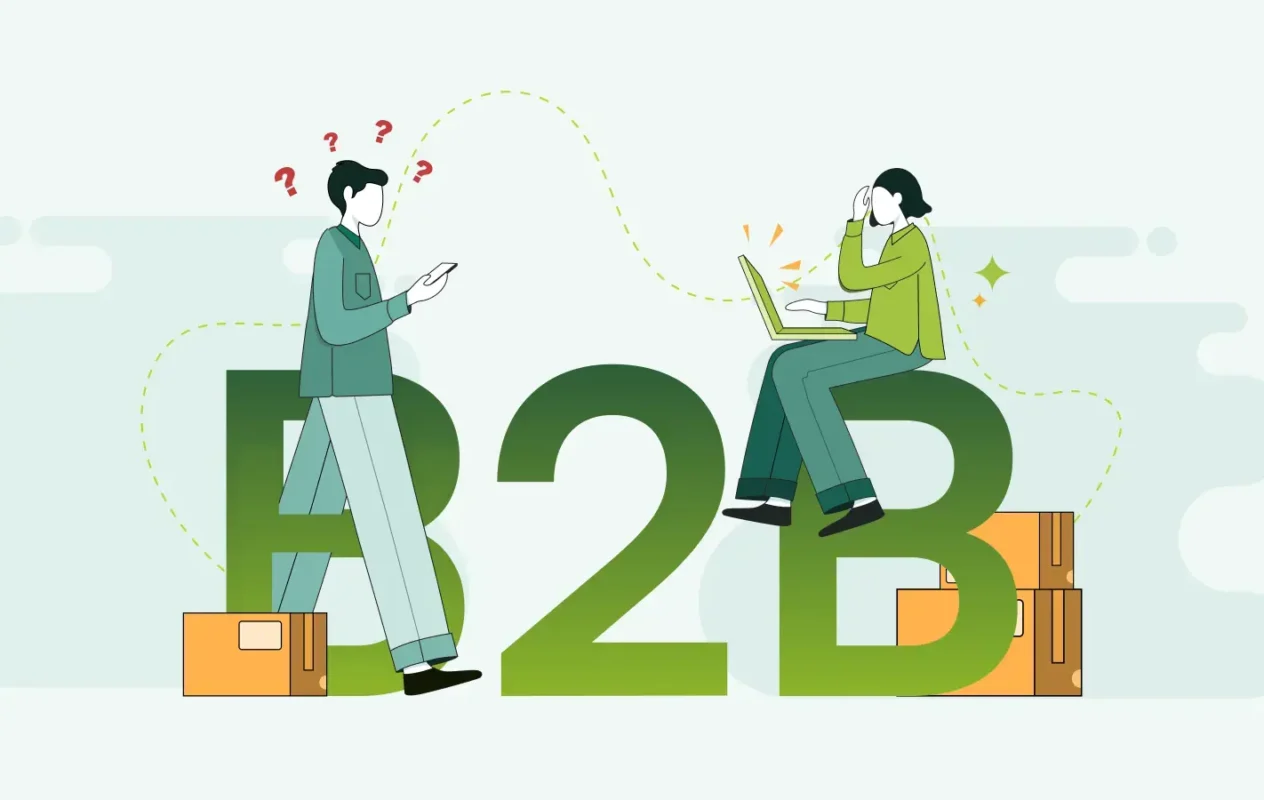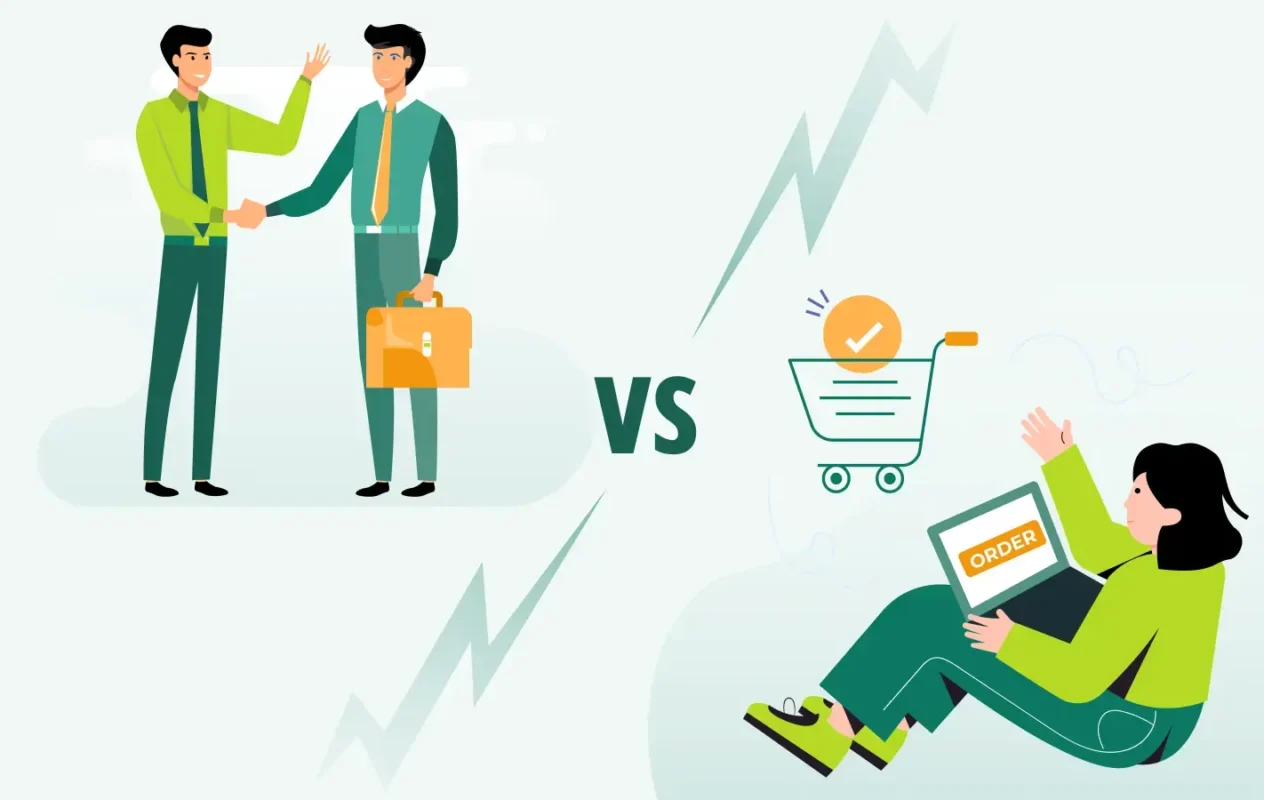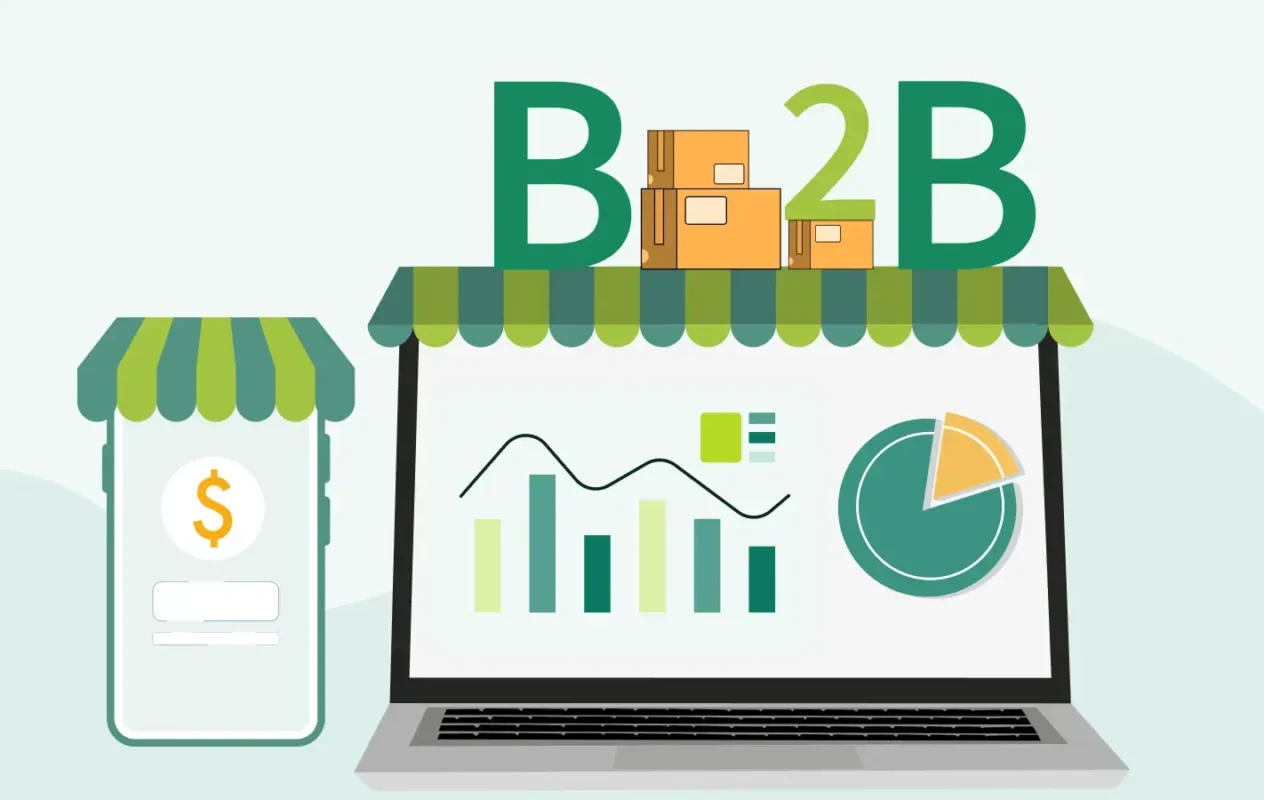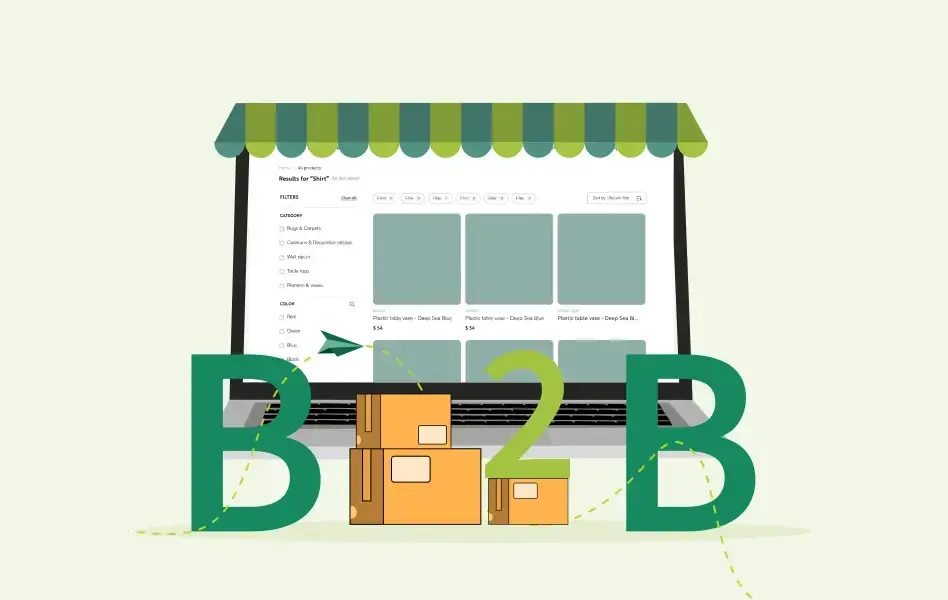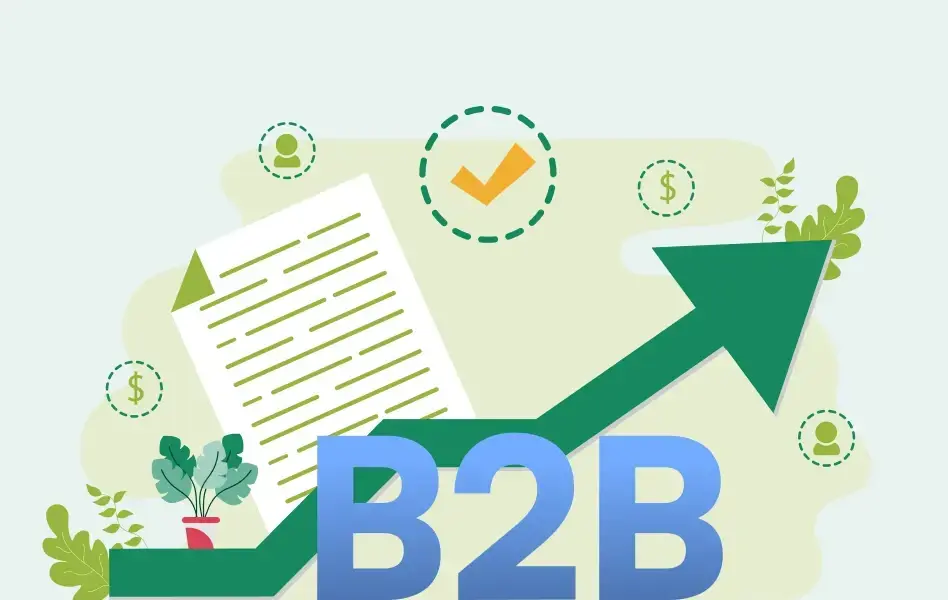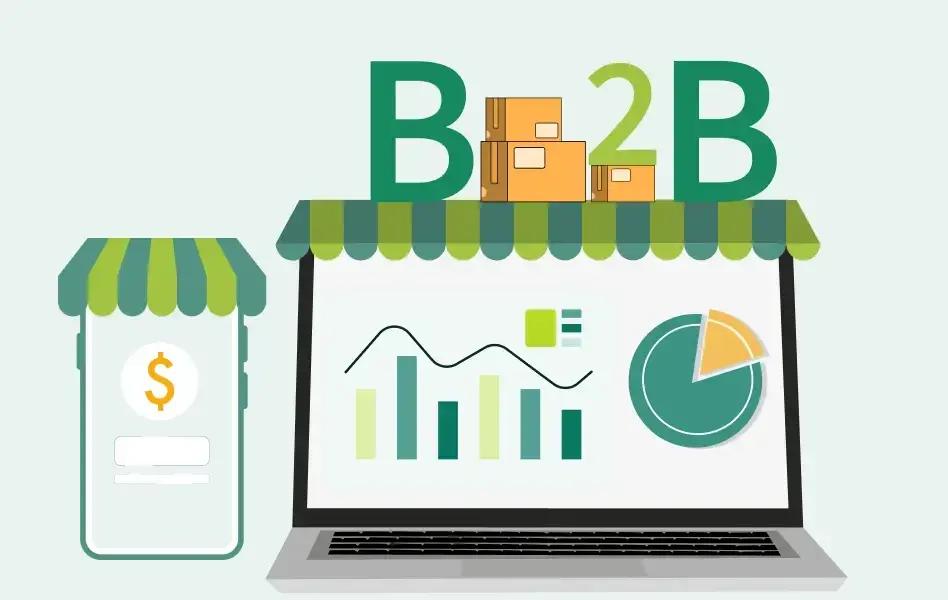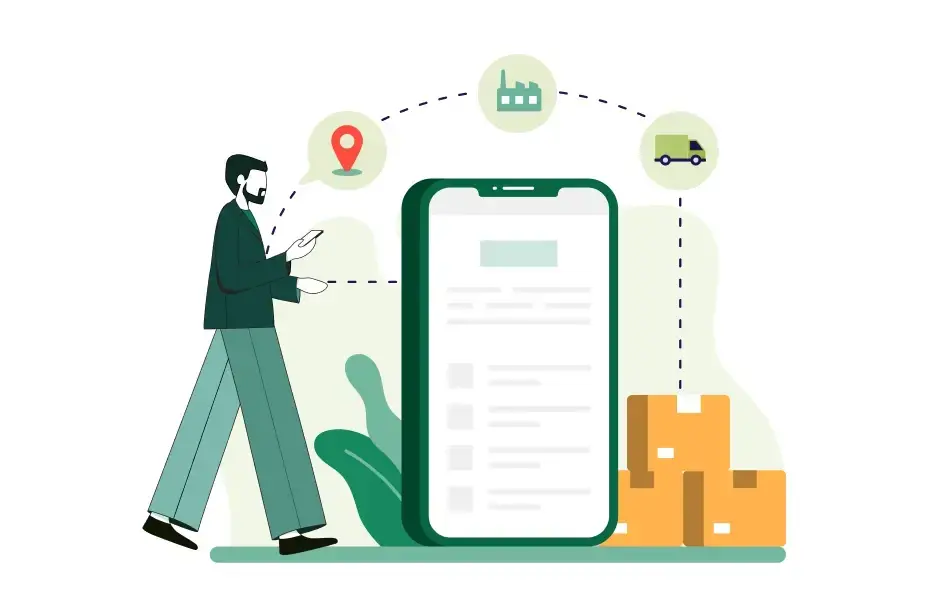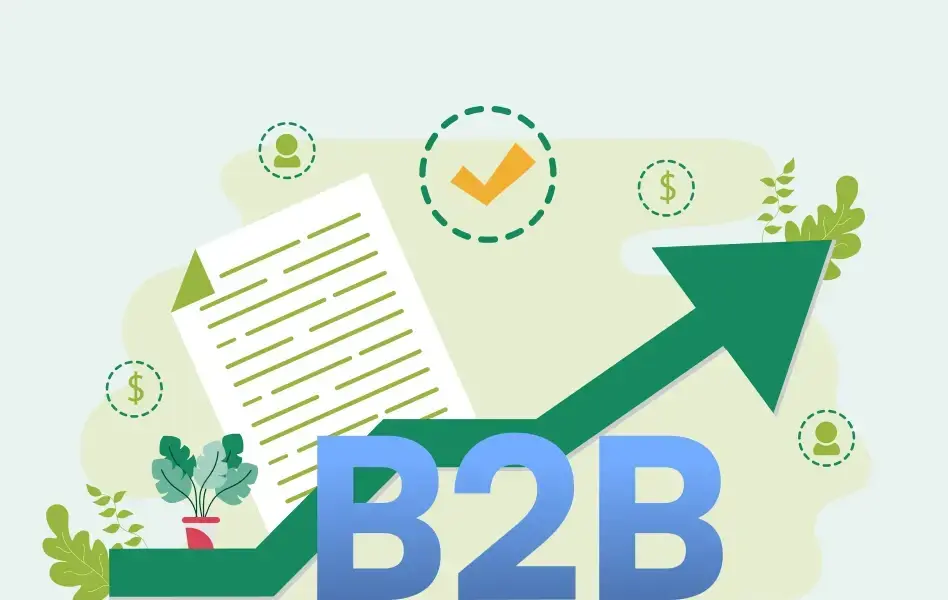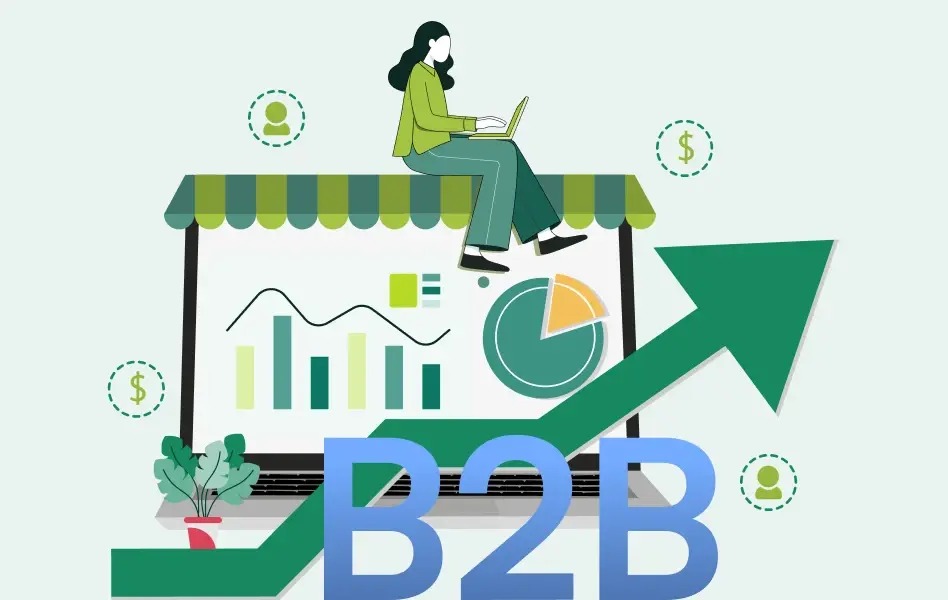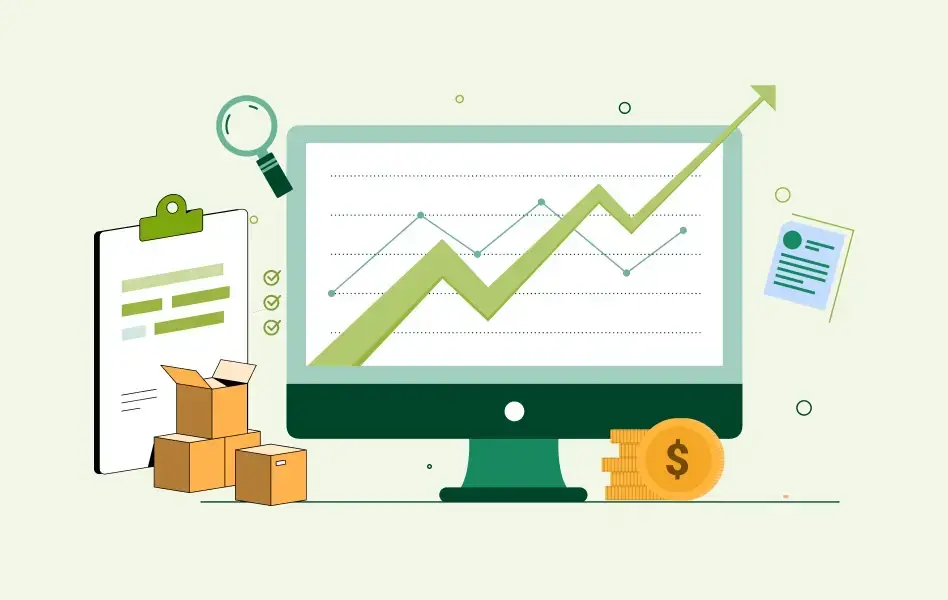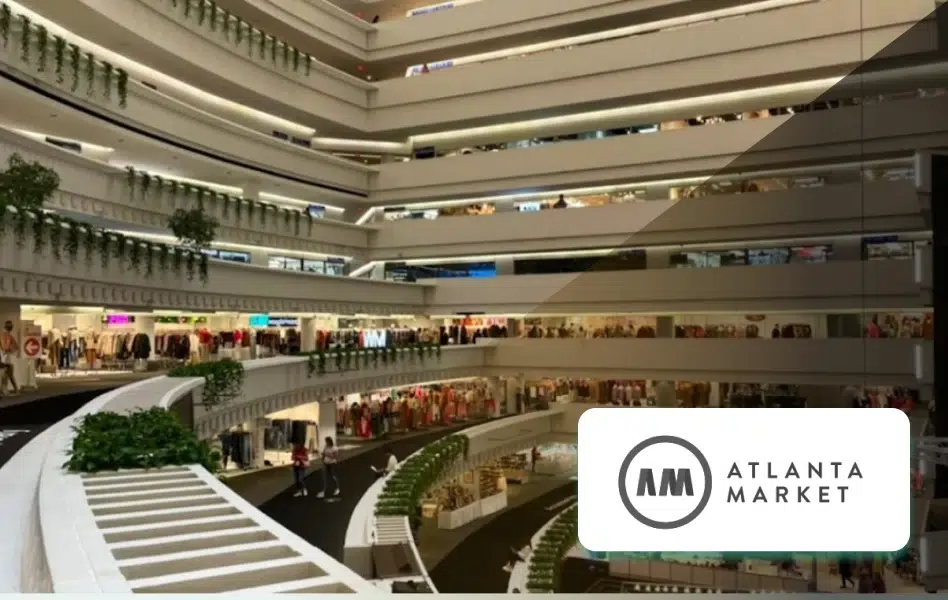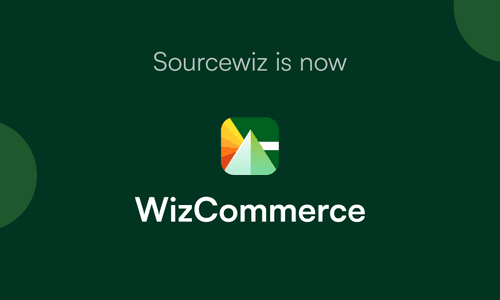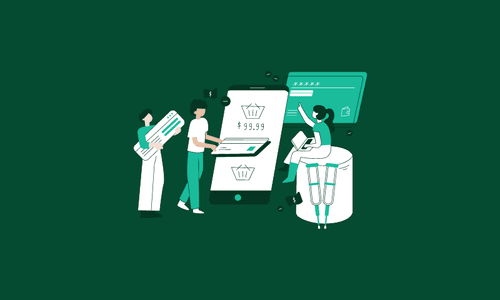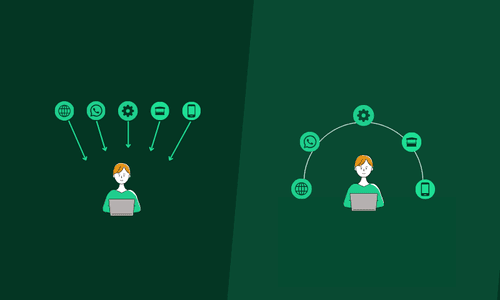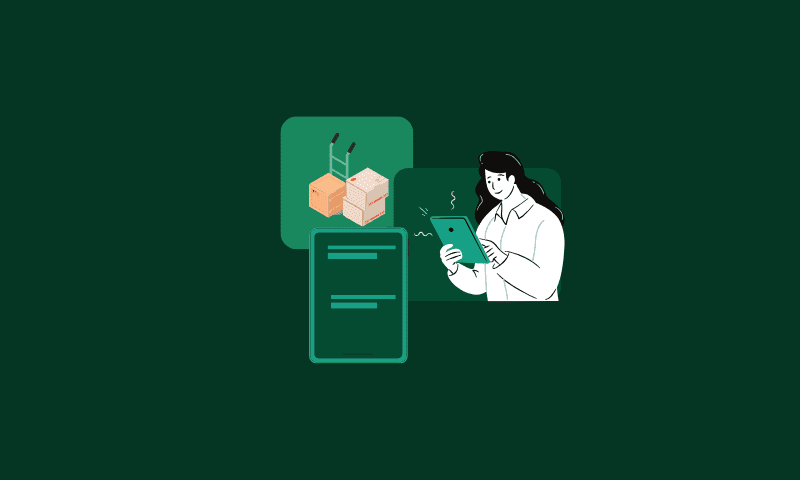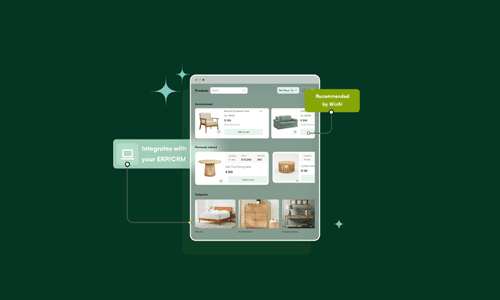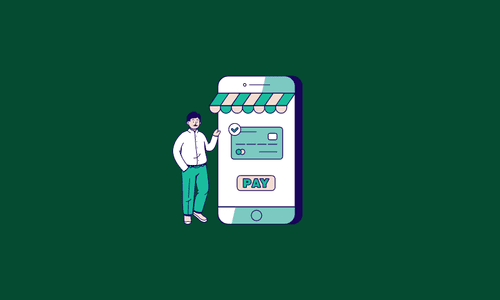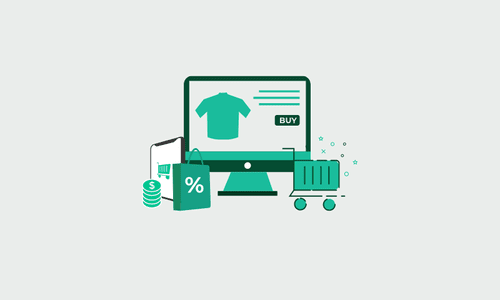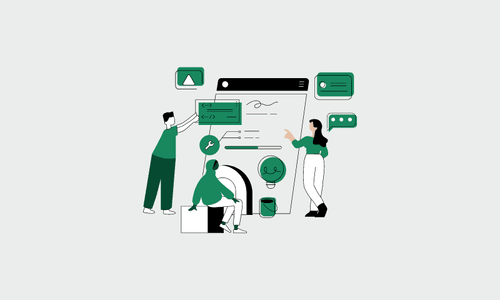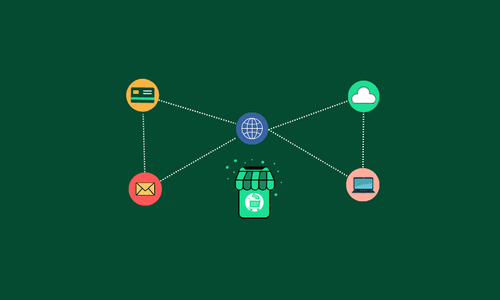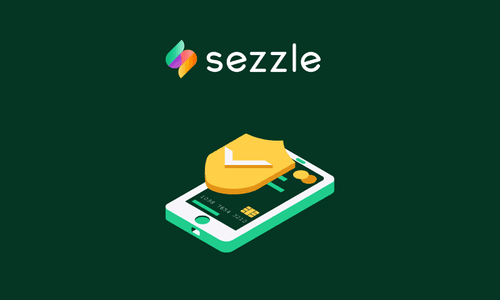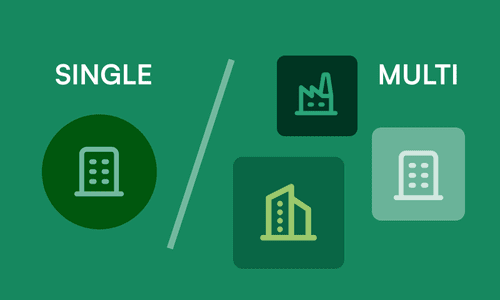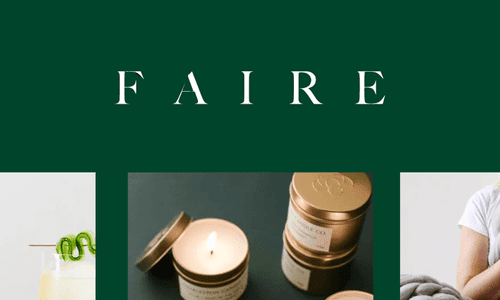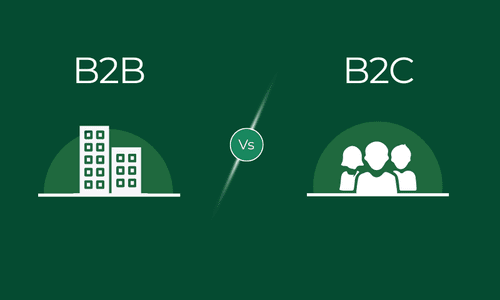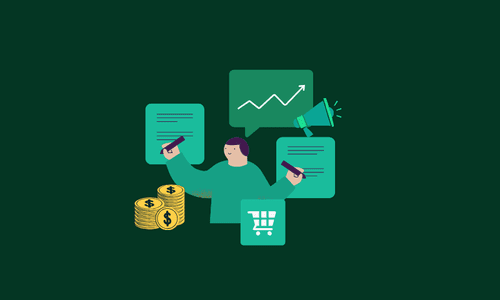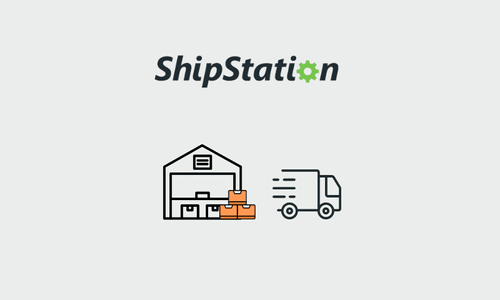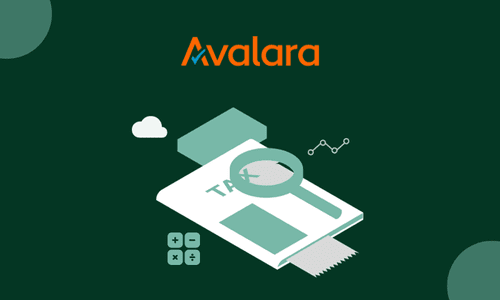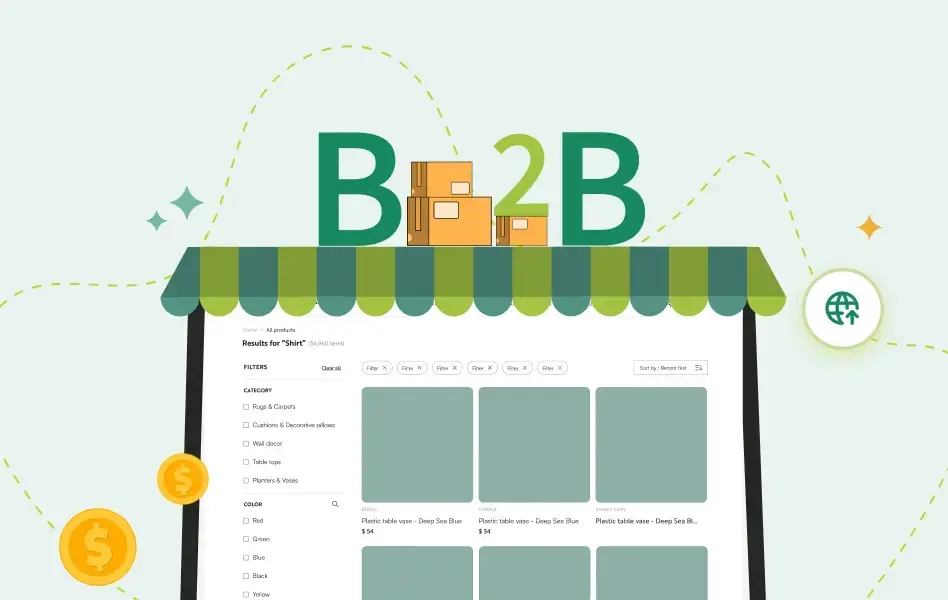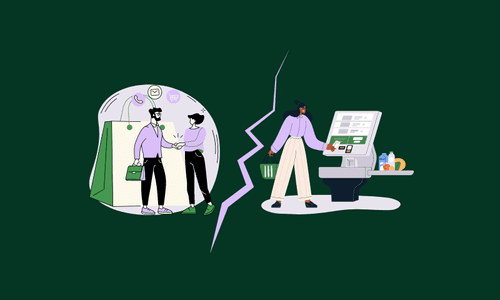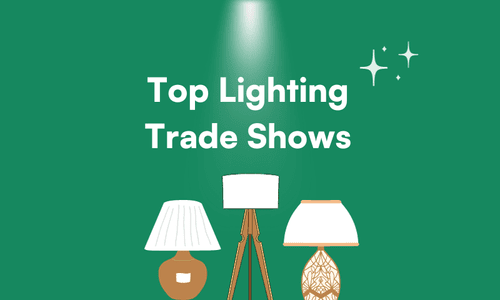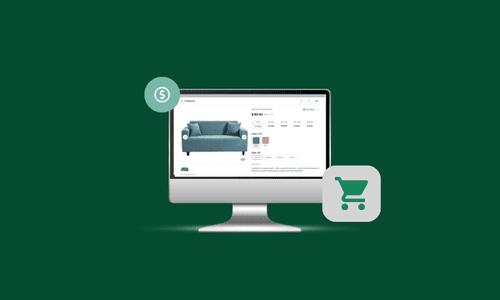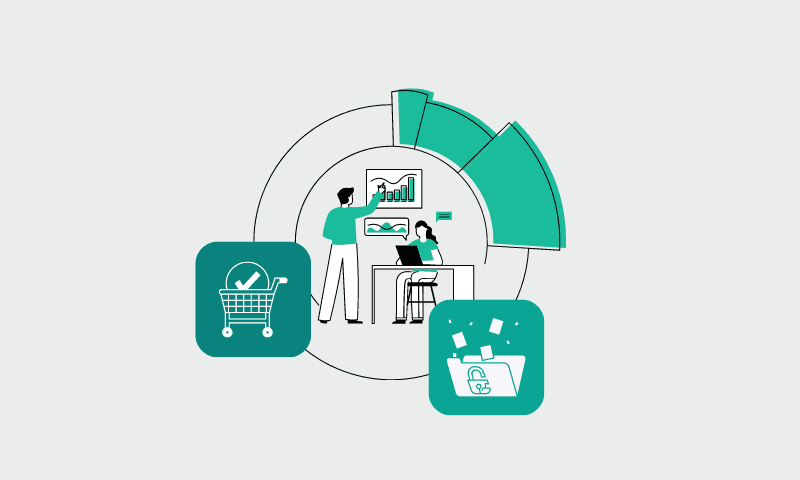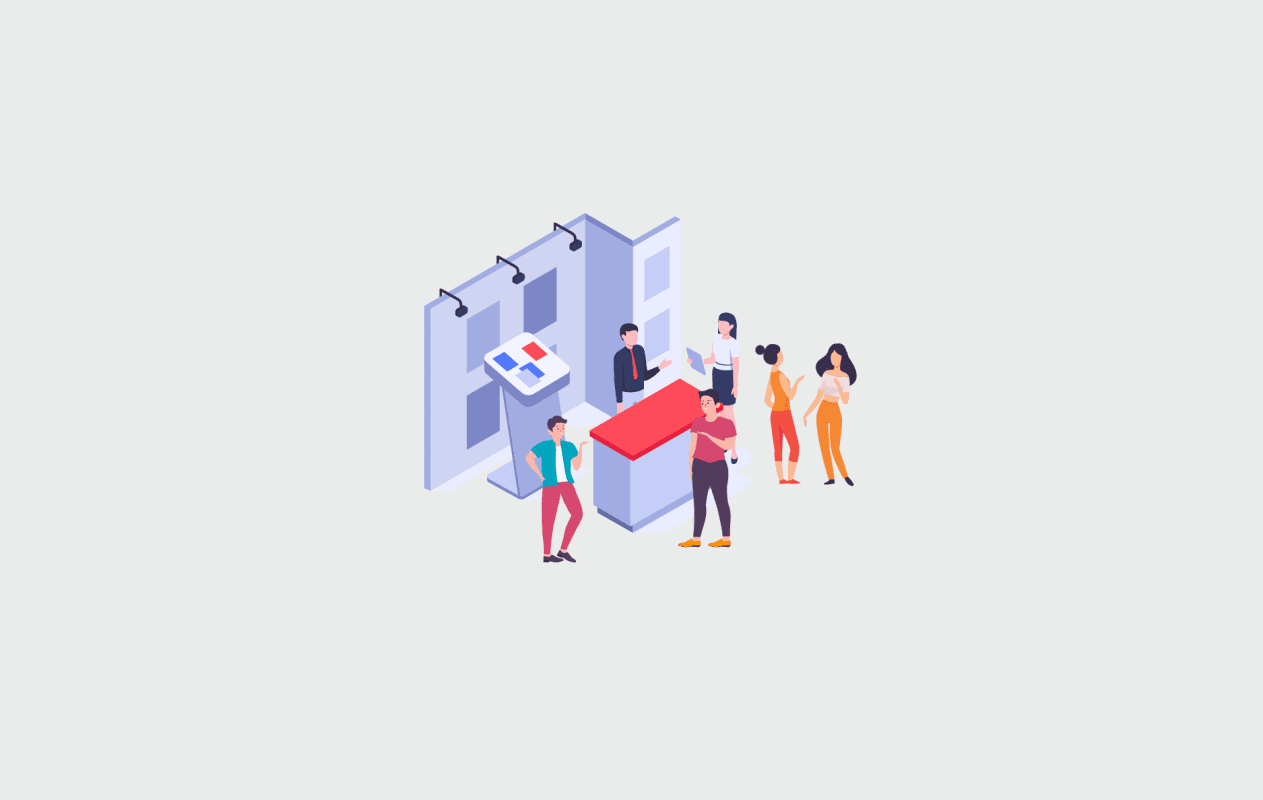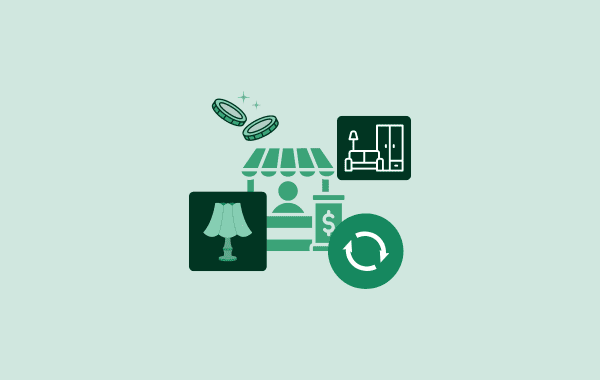Contents
Over the past few years, Faire wholesale platform has positioned itself as a go-to wholesale marketplace, connecting thousands of independent retailers with brands across categories like home décor, apparel, furniture, gifting and more. For many emerging wholesale businesses, it offered a much-needed platform to gain exposure, manage orders, and tap into new markets—without the need for expensive trade shows or sales reps.
Despite its initial appeal, a growing number of wholesale brands are now rethinking their reliance on Faire. If you’ve read recent Faire wholesale reviews, you’ve likely noticed a shift in sentiment: rising commission fees, limited control over customer relationships, and the introduction of pay-to-play promoted listings have left many sellers feeling squeezed. What once felt like a fair exchange has, for some, become a channel with diminishing returns.
In this blog, we’ll break down the most common frustrations brands have with Faire today and explore the best Faire alternatives in 2025—options that offer greater control, better margins, and long-term sustainability for your wholesale business.
Why more wholesale brands are questioning Faire’s model
Faire entered the wholesale scene with a promise to level the playing field—giving independent brands access to a large network of vetted retailers without the need for expensive trade shows or complex sales teams. And for many, it worked—especially early on.
But in 2025, the reality of selling on Faire has changed. A growing number of brands are re-evaluating their presence on the platform due to mounting fees, diminished visibility, and the erosion of customer relationships. Across Reddit threads, community forums, and Faire wholesale reviews, a common theme has emerged: the model no longer feels brand-first.
Here’s a breakdown of the core concerns driving the shift.
1. The real cost of selling on Faire
Faire’s commission structure may look simple at first glance, but the true cost to sellers adds up quickly, especially for smaller brands with thinner margins.
Standard fees for sellers on Faire:
- 15% commission on all marketplace orders
- A $10 new customer fee on a retailer’s first order with your brand
- Payment processing fee based on payout speed:
- Next-day payout: 3.5% + $0.30
- 30-day payout: 2.4% + $0.30
- 60-day payout: 1.9% + $0.30
- Next-day payout: 3.5% + $0.30
These charges are designed to cover platform features like order management, buyer incentives (e.g., net 60 terms), retailer verification, CRM tools, and returns on first orders.
But here’s how the numbers play out:
Let’s say a retailer places a $400 first-time order:
- 15% commission = $60
- New customer fee = $10
- Next-day payout fee = $14 + $0.30
- Total deductions = $84.30
- Effective cost to seller = ~21% of order value
That doesn’t include any additional promotions, discounts, or shipping incentives you might offer to be competitive.
Even for returning customers, the 15% commission + payout fee structure means you’re consistently giving away 17–18% of every order, just to maintain visibility and liquidity.
For handcrafted or low-margin products, this is a significant cut—one that many brands can no longer justify, especially when orders aren’t guaranteed and discovery is declining.
2. Control, branding, and customer data loss
While the platform simplifies operations, it also restricts direct access to your buyers. Sellers don’t get to build their own customer lists, and most buyer communications happen inside Faire’s system. That means:
- No external email marketing
- No customer lifecycle campaigns
- No loyalty-building initiatives beyond the Faire interface
Essentially, Faire owns the customer relationship, not the brand. Your visibility is tied to Faire’s algorithm and paid placements. If a buyer reorders, it’s through Faire—and Faire collects the commission again.
Even your branding is diluted. While you have a storefront, you’re still one of hundreds of brands in a category, and your products are often listed alongside competitors with little context or differentiation unless you pay for extra exposure.
3. Promoted listings and marketplace saturation
One of the most controversial updates in 2024 was Faire’s introduction of promoted listings—a feature currently in beta that allows brands to pay for better placement in search results and category pages.
Many sellers now feel that success on Faire is shifting from merit-based discovery to pay-to-play visibility. This shift mirrors frustrations seen on platforms like Etsy and Amazon, where organic reach dwindles unless you’re actively spending on ads.
Some key concerns raised in Faire wholesale reviews:
- Organic visibility has declined dramatically in crowded categories like candles, accessories, and home décor.
- Top placement is increasingly tied to ad spend, not product quality or brand reputation.
- Smaller brands are being outspent by larger vendors, leading to fewer first-time orders and declining ROI.
This change, combined with rising acquisition costs, has caused many sellers to rethink whether Faire is still worth it—especially if they’re being asked to pay 15–21% in platform fees and bid for visibility on top.
What wholesale brands are doing instead: Faire alternatives that give you more control
With rising fees, diminished visibility, and a lack of control over customer relationships, many brands are actively searching for Faire alternatives that offer more predictability and ownership. Rather than relying solely on marketplaces, these businesses are exploring hybrid strategies that blend online tools, direct sales, and in-person relationships to regain their footing.
Here are the four most common paths brands are taking in 2025—and why they work.
1. Launching a branded B2B ecommerce platform with WizCommerce
Most popular and scalable Faire alternative for growing wholesale brands
Many modern wholesalers are choosing to own their digital infrastructure by launching a branded B2B ecommerce storefront. Among the top choices is WizCommerce, a purpose-built platform for wholesalers that goes far beyond a typical online store.
With WizCommerce, brands get:
- Consistent data across systems
Sync orders, customer information, and product details automatically between WizCommerce, your ERP, and other channels—reducing errors and saving time.
- Custom price lists & approval flows
Allocate tailored pricing, freight, and payment terms for each client segment, and use approval steps to control who sees pricing and gets access to ordering.
- Advanced product discovery
Buyers can quickly locate products—even in extensive catalogs—using typo-tolerant search, intuitive filters, and sort options.
- One-click reordering
Enable returning customers to reorder with saved SKUs, addresses, and payment details—minimizing friction and speeding up the buying process.
- AI-driven product recommendations
Suggest frequently bought-together items, relevant substitutes for out-of-stock products, and personalized picks based on past buying behavior.
- Flexible B2B checkout
Support multiple shipping and billing addresses, add custom order notes or delivery dates, and offer various payment options including net terms, deposits, or saved cards.
- Self-service & automated communications
Buyers can log in to track orders, view invoices, and access shipping info, while automated email alerts reduce manual follow-ups for your team.
Unlike Faire, where every buyer interaction is filtered through the platform, WizCommerce gives you direct access to buyer behavior and data. You can nurture relationships, run personalized promotions, and build long-term loyalty—without losing 15–25% of every order to commissions and listing fees.
For many brands, especially in industries like home décor, fashion, giftware, and lifestyle, WizCommerce represents a scalable path to B2B growth that’s no longer tied to marketplace algorithms.
2. Using faire as top-of-funnel only
Keep the visibility, ditch the dependency
Some brands aren’t abandoning Faire completely—but they are redefining its role in their wholesale strategy. Instead of relying on Faire for every transaction, they use it primarily as a discovery and lead generation tool.
Here’s how this hybrid approach works:
- Keep your products listed on Faire for initial visibility
- Encourage new buyers to reorder through your own B2B storefront
- Include packaging inserts, post-purchase onboarding, or in-box promos to direct buyers to your owned channels
- Offer incentives (e.g., discounts, early access, net terms) on direct reorders to increase migration
This method allows brands to still benefit from Faire’s traffic—especially in international markets—while gradually reclaiming buyer relationships and improving margins on repeat business.
3. Going back to trade shows
What’s old is new again—relationships still matter
Post-pandemic, trade shows have made a strong comeback across industries like:
- Home & Gift (e.g., Atlanta Market, Las Vegas Market)
- Apparel (e.g., MAGIC, Coterie)
- Specialty retail and wellness
Brands that left shows behind in favor of online marketplaces are now returning—but with smarter tools. Trade shows offer:
- Higher buyer intent (retailers attend to place orders, not browse)
- Direct connections that lead to long-term relationships
- The chance to demo products, tell your story, and stand out beyond a thumbnail
The key is pairing your booth with modern tech. Many sellers are now writing orders on tablets or phones, syncing inventory live, and sending personalized follow-ups right from the show floor—reducing the need for manual forms or delayed responses.
4. Empowering reps with digital tools
For brands who rely on sales reps or field teams
Wholesale sales reps still drive a significant portion of industry revenue, especially in categories like furniture, gifts, and décor. But traditional rep tools like handwritten orders, static catalogs, or outdated rep portals are no longer cutting it.
Enter WizOrder, the AI-powered order taking app built by WizCommerce.
With WizOrder, reps can:
- Take orders in the field or at trade shows, even offline
- Scan barcodes, browse smart catalogs, and apply custom pricing
- View real-time inventory and suggested product recommendations
- Use AI search, “View Similar” filters, and product summaries to close faster
- Automatically generate follow-ups, quotes, and order exports synced to your ERP
This allows reps to sell smarter—not harder—while giving the brand full visibility into rep activity, conversion rates, and customer preferences.
5 Questions to ask before choosing a Faire alternative
If you’re considering shifting away from Faire—or simply diversifying your sales strategy—it’s essential to go in with clarity. There are plenty of Faire alternatives, but not all will suit your brand, operational maturity, or long-term goals.
Here are five critical questions every wholesaler should ask before making the leap:
1. Do I want to own my retailer relationships?
Customer ownership is the foundation of brand loyalty and margin control.
On Faire, you don’t truly own your buyers. Communication stays within the platform. You can’t build direct email relationships. You can’t segment your customer base for targeted outreach. You can’t upsell, cross-sell, or personalize the reorder journey beyond the confines of the Faire ecosystem.
Ask yourself:
- Would I benefit from direct access to my buyers?
- Could I increase reorder rates if I had more control over messaging, pricing, and incentives?
If yes, then building your own B2B ecommerce experience with a platform like WizCommerce gives you that ownership—along with full access to buyer behavior, order history, and personalized marketing tools.
2. How much margin am I losing to platform fees?
Every dollar in commission is a dollar taken from your bottom line.
Faire charges:
- 15% commission on all marketplace orders
- $10 new customer fee on first-time buyers
- 1.9% to 3.5% payment processing fees, depending on your payout schedule
Add to that the cost of promotions, discounts, or subsidized shipping—and you’re likely losing 20–30% of your revenue per order.
Use your Faire data to answer:
- What’s my average order value?
- What’s my average cost per customer after fees?
- What would my margins look like if I moved reorders off Faire?
A clear margin analysis can help you decide if it’s time to reduce platform dependence and invest in a channel where you keep more of what you earn.
3. Can I handle logistics and support on my own?
Marketplace convenience comes at the cost of independence.
One advantage of Faire is that it handles payment collection, fraud protection, and even free returns on first orders. When switching to a direct channel, you’ll need systems in place to:
- Manage returns and refunds
- Ensure timely shipping and inventory accuracy
- Handle customer service (for retailers, not just consumers)
- Collect payments and manage credit (or offer net terms via a third-party)
Ask yourself:
- Do I have a reliable fulfillment operation?
- Can I implement net terms using a provider like Resolve or Melio?
- Am I ready to bring support in-house—or use tech that simplifies it?
Tools like WizCommerce are built to integrate with your ERP and accounting systems, so logistics and support don’t have to feel overwhelming.
4. What’s the ideal mix of marketplaces, reps, and direct ecommerce?
Diversification is safer—and often more profitable—than total dependence.
Faire might still be valuable for discovery, especially internationally or in niche categories. But relying solely on any one channel (especially one that can change its algorithm or fee structure overnight) is risky.
Ask yourself:
- Should I use Faire for lead generation only?
- Are trade shows worth reinvesting in?
- Can reps or agencies supplement my reach in key regions?
- What percentage of my revenue do I want to come from owned channels?
A modern B2B strategy often combines:
- Marketplaces (for discovery)
- Reps + trade shows (for relationships)
- Owned ecommerce (for repeat business and profitability)
This mix offers better stability, more margin control, and long-term scalability.
5. Is my tech stack ready for multichannel wholesale?
Your backend systems can make or break your ability to scale off Faire.
If you’re moving away from Faire, you need systems that can support multichannel complexity. This includes:
- ERP or inventory systems that sync with your ecommerce platform
- Payment processing tools that can handle ACH, credit cards, and net terms
- Order management systems that centralize rep orders, website sales, and trade show deals
- CRM or buyer tracking to segment and market to your wholesale customers
Ask:
- Is my current ERP (e.g., QuickBooks, NetSuite, Fishbowl) integrated with my ordering tools?
- Can I connect my storefront, rep app, and backend systems?
- Am I tracking buyer behavior to drive smarter campaigns?
Platforms like WizCommerce are built specifically for this multichannel world. They connect seamlessly with ERPs, automate post-order flows, and unify sales from every touchpoint—online, rep-led, and show-floor.
Conclusion
Faire changed the wholesale landscape by making it easier for brands to reach independent retailers—but as the platform evolves, many sellers are finding that the costs now outweigh the convenience.
Rising commissions, promoted listings, and limited control over buyer relationships have pushed brands to rethink their strategy. Some are staying on Faire but shifting repeat orders to direct channels. Others are rebuilding their wholesale engine around trade shows, reps, and owned B2B storefronts.
The good news? You don’t have to make a dramatic overnight shift. You can start small—by reclaiming one piece of your buyer journey and building from there. Whether you’re ready to move off Faire entirely or simply want better margins, more control, and long-term flexibility, exploring the right Faire alternatives can unlock sustainable growth for your wholesale business.
And if you’re looking for a platform that brings together ecommerce, reps, and ERP integration in one powerful system—WizCommerce is the best place to start.


